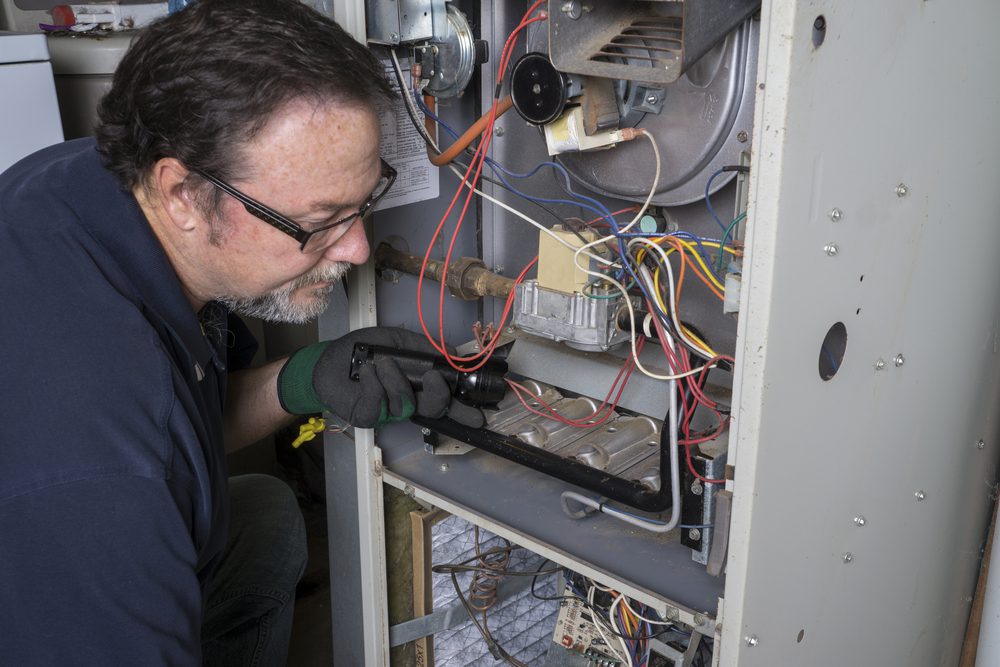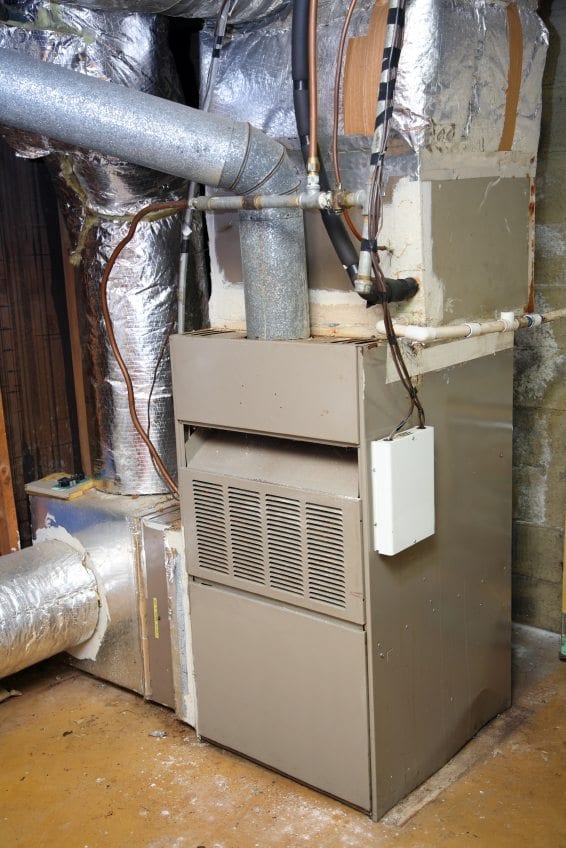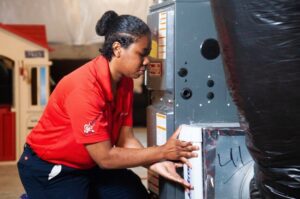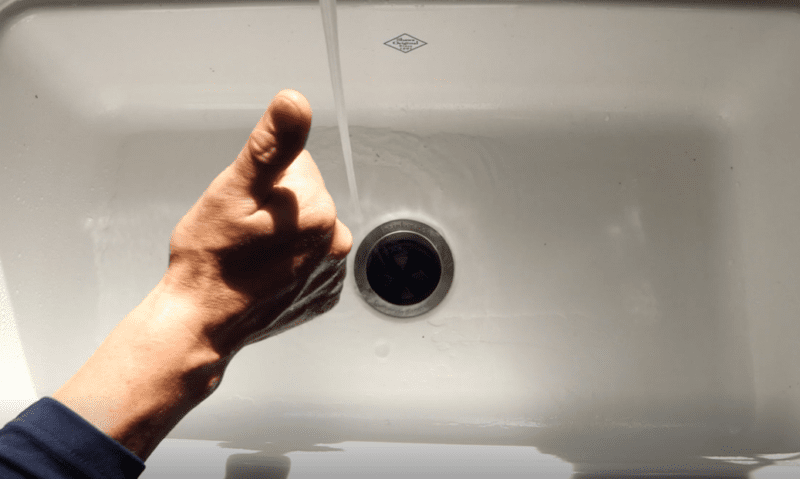Blog
Furnace Capacity: Understanding the Heating Power of Your Furnace

Do you find that no matter how much your heater runs in the winter, it never seems to get warm enough? Especially on the extra cold days? Indoor temperature highly depends on the outdoor temperature, your insulation, windows, doors, and, most importantly, your furnace’s heating capacity.
When winter rolls around, there are a number of tips for protecting your home and plumbing, and saving money. This may include plumbing winterization to prepare your home’s plumbing system for winter, or other energy-saving tips to keep your home warmer and your utility bills low. However, even with these methods and tips available, it could be that your heating system simply cannot keep up with the cold.

Heating capacity is measured with British Thermal Units, or BTUs. The BTUs of a unit will vary depending on the make and model of your furnace and must be matched to your home’s heating capacity. Fortunately, furnace capacity isn’t an x-factor. Furnace heating power is expressed by BTU output per hour. This figure is always included in the manufacturer’s specs and also shown on the unit’s rating plate, usually permanently affixed to the inside of the furnace door.
Can Furnace Capacity Be Changed, or Is It Fixed?
Unfortunately, your furnace’s capacity is built into the unit. Assuming it’s functioning properly without blockages or leaking ducts and the fan motor works correctly, there’s nothing that can be done to increase your unit’s BTU output. It cannot be increased or decreased; you’ll be stuck with that output for as long as that unit is installed.
How Do I Calculate What Size Furnace I Need?
So, how do you find out what your home’s heating needs are? The home’s square footage and ceiling height are the first thing to measure. The general rule of thumb for residential furnace sizing is between 30 and 60 BTUs per square foot, depending on your climate. It’s a mistake just to assume you can get away with a guess, however. Don’t depend on a rough estimate or a “one-size-fits-all” approach.

The best way is for a professional HVAC technician to perform a heating load calculation before installing a new furnace in your home to ensure you get the best size. A professional calculation includes a room-by-room survey of the home utilizing software that records inputs for the quantity and quality of insulation, number of windows, orientation to sun exposure, and structural air leakage. All these factor into the load calculation, so your technician can get an accurate number for your home’s required BTU input.
The software calculates the precise BTU per hour figure required to keep the house warm during typical winter conditions in your local climate. This heating load calculation can then be matched with a furnace that provides the correct BTU output.
It’s important to get a furnace sized just right. Too few BTUs will result in a cold house. Too large of a furnace will short-cycle, turning off and on as the house cools, and will be under unnecessary strain.
Furnace Efficiency

The two main numbers when looking at furnaces are the BTUs and their efficiency rating percentage. Furnaces typically have around an 80 percent efficiency rating, though newer models have a 90 percent efficiency. The more expensive and powerful models will have a 95 to 98 percent efficiency rating.
The efficiency rating does not affect how many BTUs a furnace puts out. Instead, it is a measurement of how efficiently it can translate fuel into heat. The higher the efficiency rating of the unit, the less fuel it needs to heat a home and the less you’ll spend on your energy bills.
Duct Sizing
If you want to replace your furnace with a higher BTU capacity heating system, you may have to replace your ductwork with a larger diameter system. More BTUs require more air, and small ductwork can restrict your new furnace. Slowdowns in airflow from ducts that are too small put extra strain on the furnace, which can shorten its service life.

Interested in upgrading your furnace to a higher capacity heating system? Apollo Home offers complete heating system installations, replacements, and upgrades in Cincinnati and Northern Kentucky. Contact us today at 513-540-4082 to learn more or get started!









